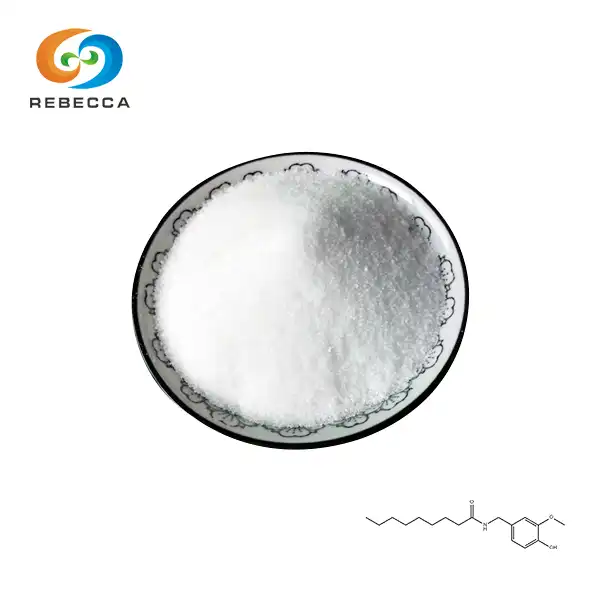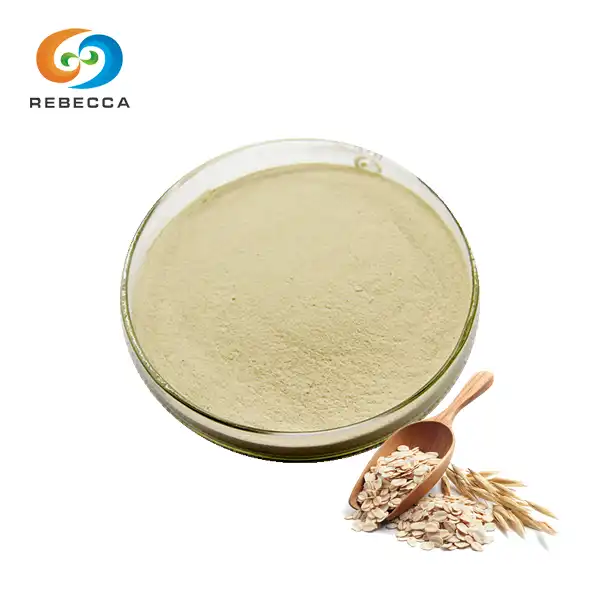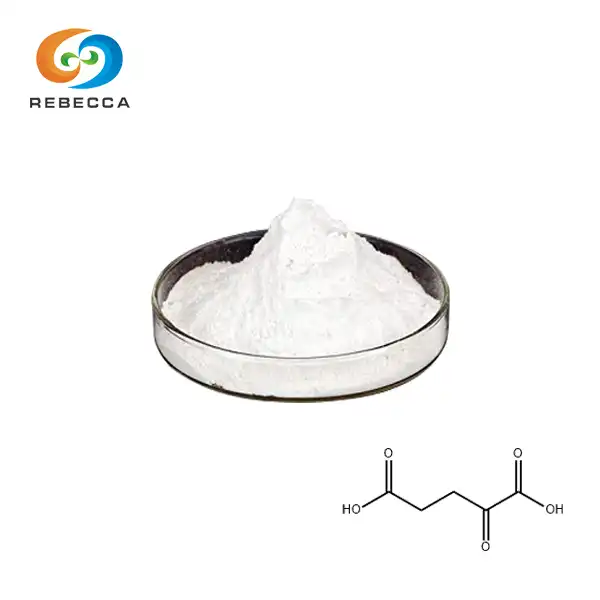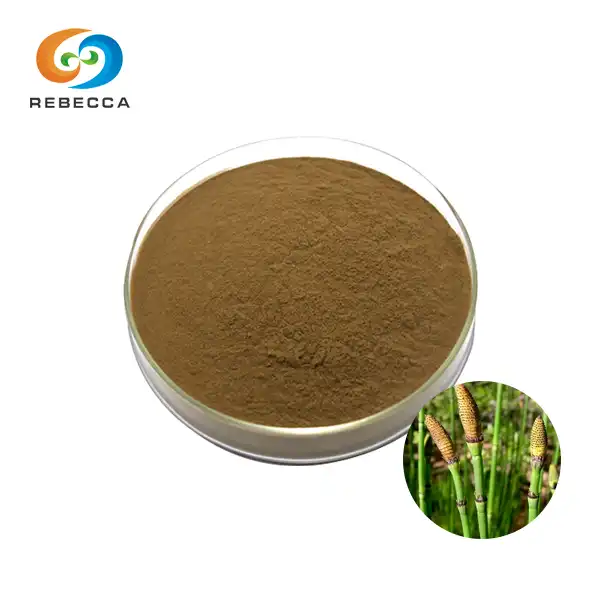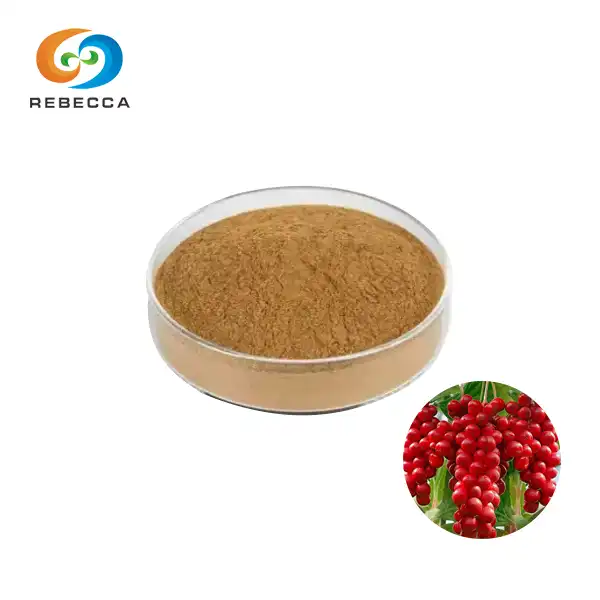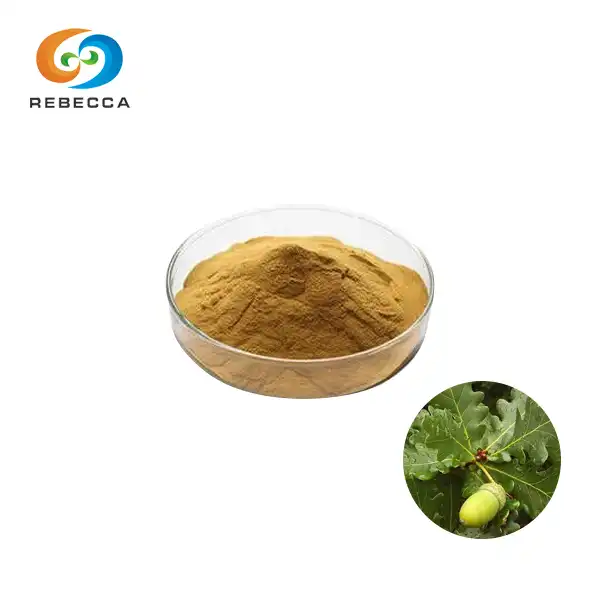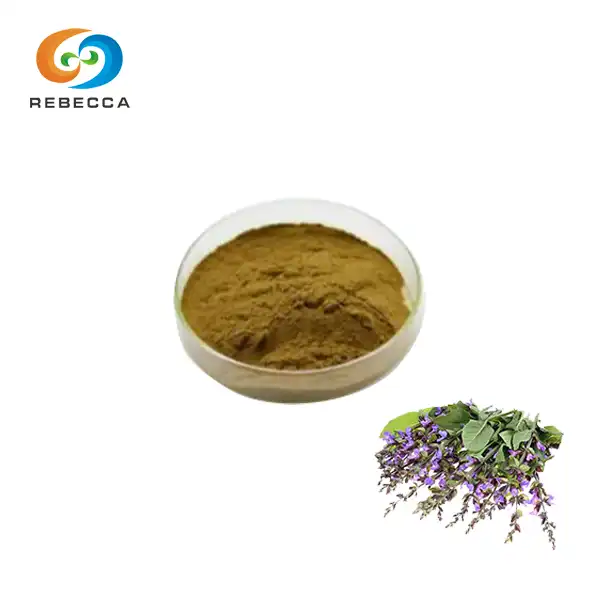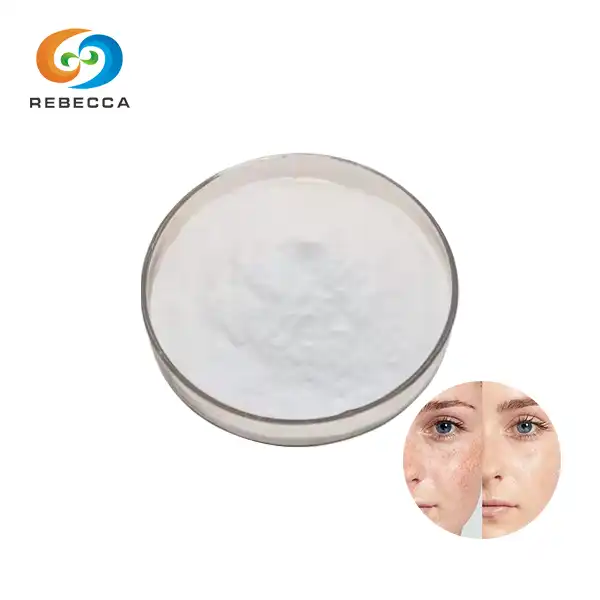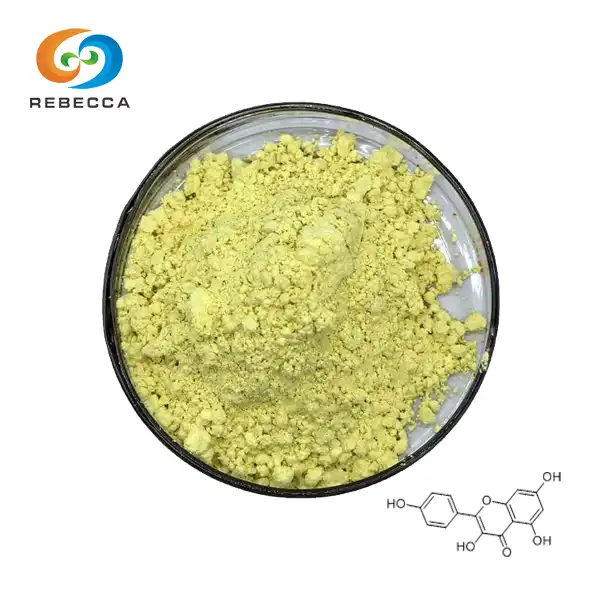Understanding Acid Carnosic: Benefits and Uses
Acid carnosic, a powerful antioxidant found in certain herbs, has been gaining attention in the scientific community for its potential health benefits. This naturally occurring compound offers a range of promising effects on human health, from supporting brain function to combating oxidative stress. In this comprehensive guide, we'll explore the remarkable properties of acid carnosic and how it might enhance your well-being.

Top Health Benefits of Acid Carnosic
Acid carnosic boasts an impressive array of health-promoting properties that make it a valuable compound for overall wellness. Let's delve into some of the most notable benefits:
Potent Antioxidant Activity
One of the most significant attributes of acid carnosic is its robust antioxidant capacity. This compound efficiently neutralizes harmful free radicals, which are unstable molecules that can damage cells and contribute to various chronic diseases. By scavenging these reactive species, acid carnosic helps protect cellular structures from oxidative stress, potentially reducing the risk of age-related ailments.
Anti-Inflammatory Properties
Chronic inflammation is a common underlying factor in numerous health conditions, including cardiovascular disease, diabetes, and certain cancers. Acid carnosic has demonstrated remarkable anti-inflammatory effects in various studies. It may help modulate inflammatory pathways and reduce the production of pro-inflammatory molecules, contributing to a more balanced immune response.
Antimicrobial Action
Research has uncovered the antimicrobial potential of acid carnosic against a range of pathogens. This natural compound exhibits inhibitory effects on various bacteria and fungi, making it a promising candidate for developing new antimicrobial agents. Its ability to combat harmful microorganisms could have applications in food preservation and potentially in addressing antibiotic resistance.
Cardiovascular Health Support
Acid carnosic may offer benefits for heart health through multiple mechanisms. Its antioxidant properties can help protect blood vessels from oxidative damage, while its anti-inflammatory effects may contribute to reduced risk of atherosclerosis. Some studies have also indicated that clary sage extract might help regulate lipid metabolism, potentially supporting healthy cholesterol levels.

How Acid Carnosic Supports Brain Health?
The neuroprotective potential of acid carnosic has garnered significant interest among researchers. Let's explore how this compound may benefit brain health and cognitive function:
Neuroprotective Properties
Acid carnosic has demonstrated the ability to protect neurons from oxidative stress and damage. This neuroprotective effect is particularly relevant in the context of neurodegenerative diseases, where oxidative stress plays a crucial role in the progression of conditions like Alzheimer's and Parkinson's disease. By shielding neurons from harmful free radicals, acid carnosic may help preserve cognitive function and slow the progression of age-related neurological decline.
Enhanced Neuroplasticity
Neuroplasticity refers to the brain's ability to form new neural connections and adapt to changes. Some studies suggest that acid carnosic may promote neuroplasticity by increasing the production of neurotrophic factors, such as brain-derived neurotrophic factor (BDNF). These factors play a crucial role in supporting the growth, survival, and differentiation of neurons, potentially enhancing cognitive function and learning abilities.
Reduction of Neuroinflammation
Chronic inflammation in the brain, or neuroinflammation, is associated with various neurological disorders and cognitive impairments. Acid carnosic's anti-inflammatory properties extend to the central nervous system, where it may help mitigate neuroinflammation. By reducing inflammatory processes in the brain, acid carnosic could contribute to improved cognitive function and potentially slow the progression of neurodegenerative diseases.
Antioxidant Defense in the Brain
The brain is particularly vulnerable to oxidative stress due to its high oxygen consumption and lipid content. Acid carnosic's potent antioxidant activity may provide an additional layer of protection for brain cells against oxidative damage. This antioxidant defense could help maintain cognitive function and potentially reduce the risk of age-related cognitive decline.
Potential in Neurodegenerative Disease Prevention
While more clinical research is needed, the neuroprotective, anti-inflammatory, and antioxidant properties of acid carnosic make it a promising candidate for preventing or managing neurodegenerative diseases. Its ability to target multiple pathways involved in neurodegeneration suggests potential applications in developing novel therapeutic strategies for conditions like Alzheimer's and Parkinson's disease.

Natural Sources of Acid Carnosic
Acid carnosic is found primarily in certain herbs belonging to the Lamiaceae family. Here are some of the richest natural sources of this beneficial compound:
Rosemary (Rosmarinus officinalis)
Rosemary is the most abundant source of acid carnosic. This aromatic herb, widely used in Mediterranean cuisine, contains significant amounts of the compound in its leaves. The concentration of acid carnosic in rosemary can vary depending on factors such as growing conditions, harvesting time, and processing methods. Typically, rosemary extracts used for their antioxidant properties are standardized to contain specific percentages of acid carnosic.
Sage (Salvia officinalis)
Common sage, another herb from the Lamiaceae family, also contains acid carnosic, albeit in lower concentrations than rosemary. Sage has been used for centuries in traditional medicine and culinary applications. The presence of acid carnosic contributes to its antioxidant and potential health-promoting properties.
Mountain Sage (Salvia miltiorrhiza)
Also known as red sage or Danshen in traditional Chinese medicine, mountain sage contains acid carnosic along with other bioactive compounds. While not as concentrated as in rosemary, the acid carnosic in mountain sage may contribute to its medicinal properties, which have been studied for cardiovascular and neurological benefits.
Other Lamiaceae Herbs
While rosemary and sage are the primary sources, trace amounts of acid carnosic have been detected in other herbs from the Lamiaceae family, such as oregano and thyme. However, the concentrations in these herbs are generally too low to be considered significant sources of the compound.
Supplemental Forms
Due to the growing interest in acid carnosic's health benefits, concentrated extracts and supplements are becoming increasingly available. These products typically use rosemary as the primary source and are standardized to contain specific percentages of acid carnosic. When considering supplemental forms, it's crucial to choose high-quality products from reputable manufacturers and consult with a healthcare professional before incorporating them into your routine.

Conclusion
Acid carnosic emerges as a fascinating compound with a wide array of potential health benefits. From its powerful antioxidant and anti-inflammatory properties to its promising effects on brain health, this natural substance offers exciting possibilities for supporting overall well-being. As research continues to uncover the mechanisms and applications of acid carnosic, we may see its increased use in nutritional supplements, functional foods, and even pharmaceutical developments.
While incorporating herbs like rosemary and sage into your diet can provide some acid carnosic, it's important to note that the concentrations in culinary use may not be sufficient to achieve therapeutic effects. If you're interested in exploring the potential benefits of acid carnosic supplementation, it's advisable to consult with a healthcare professional who can provide personalized advice based on your individual health needs and circumstances.
As we continue to unlock the secrets of natural compounds like acid carnosic, it's clear that nature still holds many treasures that could revolutionize our approach to health and wellness. By harnessing the power of these botanical wonders, we may find new ways to support our bodies and minds, promoting longevity and vitality in an increasingly complex world. For more information on acid carnosic and other natural extracts, please contact us at information@sxrebecca.com.
References
1. Johnson, J. J. (2011). Carnosol: A promising anti-cancer and anti-inflammatory agent. Cancer Letters, 305(1), 1-7.
2. Birtic, S., Dussort, P., Pierre, F. X., Bily, A. C., & Roller, M. (2015). Carnosic acid. Phytochemistry, 115, 9-19.
3. Loussouarn, M., Krieger-Liszkay, A., Svilar, L., Bily, A., Birtić, S., & Havaux, M. (2017). Carnosic acid and carnosol, two major antioxidants of rosemary, act through different mechanisms. Plant Physiology, 175(3), 1381-1394.
4. Satoh, T., Izumi, M., Inukai, Y., Tsutsumi, Y., Nakayama, N., Kosaka, K., ... & Lipton, S. A. (2008). Carnosic acid protects neuronal HT22 Cells through activation of the antioxidant-responsive element in free carboxylic acid-and catechol hydroxyl moieties-dependent manners. Neuroscience Letters, 434(3), 260-265.
5. Kashyap, D., Sharma, A., Tuli, H. S., Punia, S., & Sharma, A. K. (2017). Ursolic acid and oleanolic acid: pentacyclic terpenoids with promising anti-inflammatory activities. Recent Patents on Inflammation & Allergy Drug Discovery, 11(1), 75-86.
_1730691017423.webp)

